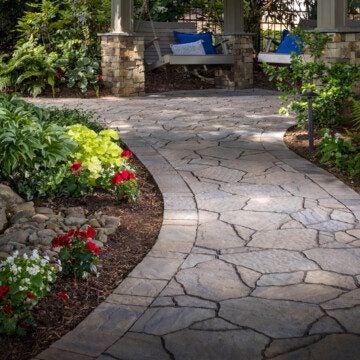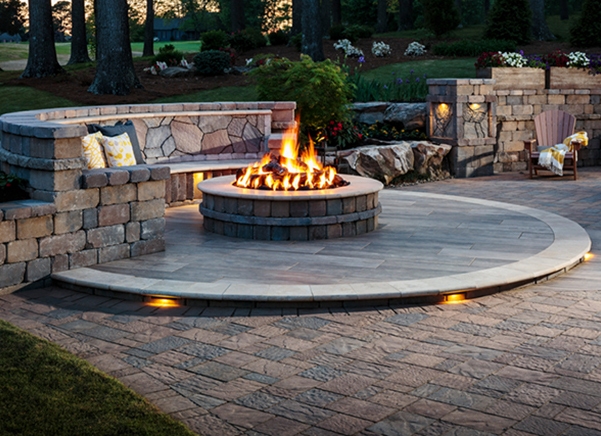Everyone wants beautiful, thriving plants to enhance their outdoor space. To achieve the garden of your dreams, you need to lay the groundwork, and we mean that literally. Good, nutrient-rich soil is the first step to providing the proper environment for plants to grow and thrive. With thriving plants in your garden, you and your family can enjoy fresh vegetables, herbs and flowers. Sure, you can visit the local nursery to buy soil and fertilizers, but what if you are able to save money by using waste items from your own home?
What is compost?
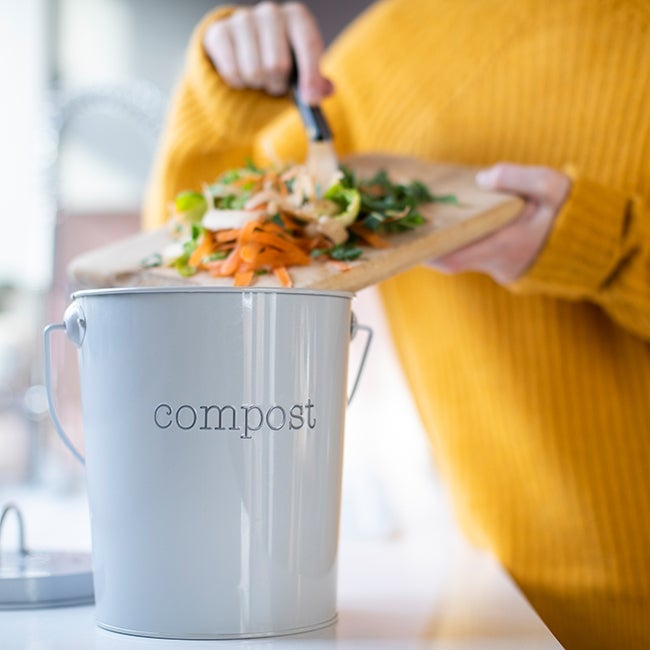
Compost is created with organic matter such as food scraps and yard waste that you’re most likely throwing away. By composting these items, you’re keeping these materials out of landfills, where they take up space and release methane, a potent greenhouse gas that adds to the warming of the earth’s surface. Composting encourages the production of beneficial bacteria and fungi that break down organic matter to create humus, a rich nutrient-filled material. This process helps the soil to retain its moisture and suppresses plant diseases and pests. Plus, it reduces the need for chemical fertilizers. Ultimately, you’re capturing a beneficial, natural additive from your trash to enhance your garden.
How do I set up a composting bin?
Assuming you have outdoor space for a composting bin, your first step is to find one. There are a variety of sizes and types to choose from. To meet your needs, judge how much waste you produce, the amount of compost you may need, and your price range. Some choices will allow you to manually or automatically spin and rotate the bin to aerate the materials. Once you have your bin, the next step is to select a dry, shady spot near a water source to set it up. Depending how often you want to make the trip to the backyard to empty your organic waste, you can choose to store your compost in a container on the counter or in the freezer. Like the outdoor bin, there are a variety of storage options on the market.
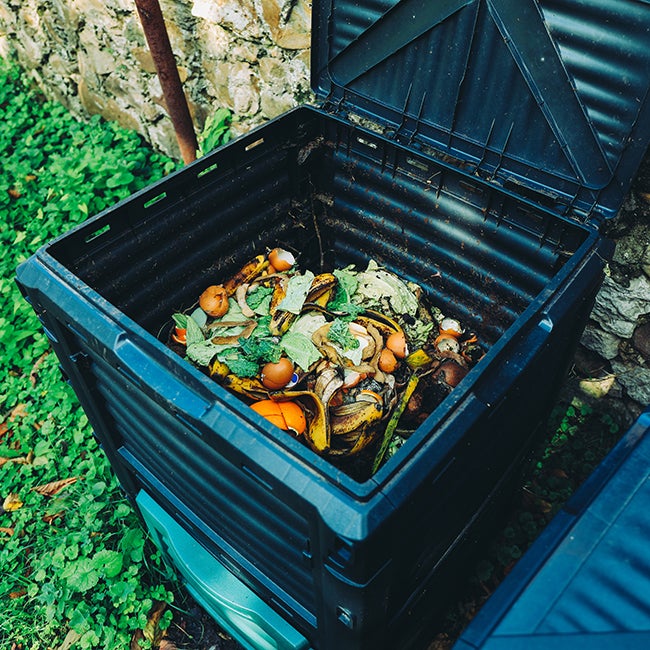
Let the composting begin.
With the compost bin set up, start gathering your compostable materials. These include a combination of dry, carbon-based “browns” like cardboard, paper, sawdust, or wood chips, as well as wet nitrogen-rich “greens” like food scraps such as apple cores, coffee grounds or banana peels. Add these materials as they are collected, making sure that larger pieces are chopped or shredded. Moisten dry materials as you add them. After your compost gets established, mix grass clippings and green waste into the pile and bury fruit and vegetable waste under about 10 inches of compost material, or rotate your bin if you purchased one that turns.
Is it ready yet?
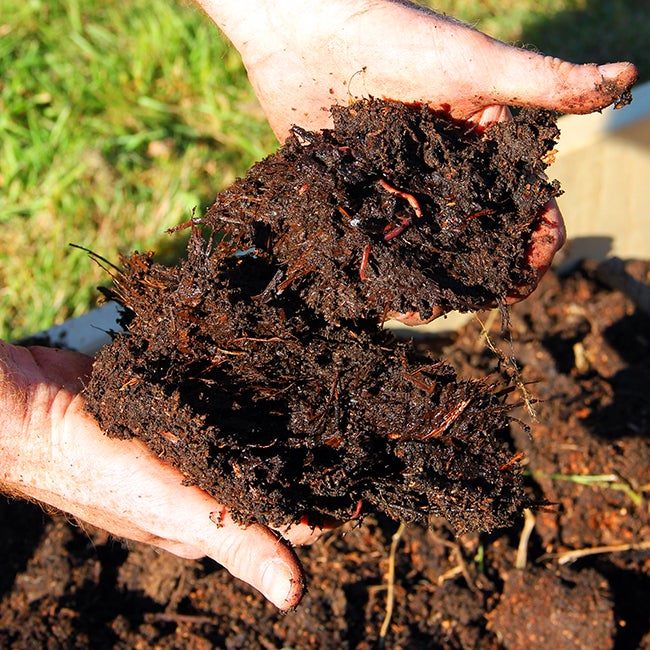
Your composting environment has a lot to do with how long it takes to mature. If the weather’s hot, the process could take only a couple of months. If it’s cooler, it could take six months or even up to a year for every component to break down. Don’t rush it. Using compost before it’s ready can attract pests, damage garden plants, and use up nutrients in your soil, making them unavailable to your garden plants. To make sure that your compost is ready to use, grab a handful and have a look. Mature compost should be crumbly and smooth, have a smell that’s sweetly fragrant and loamy (like the forest on a wet day) and be a dark, rich color.
It’s ready. Now what?
There are a variety of ways to use your compost. Let us count just a few.
1. Use it as a mulch to boost your garden’s harvest. Apply the compost in a three- to six-inch layer and rake until even.
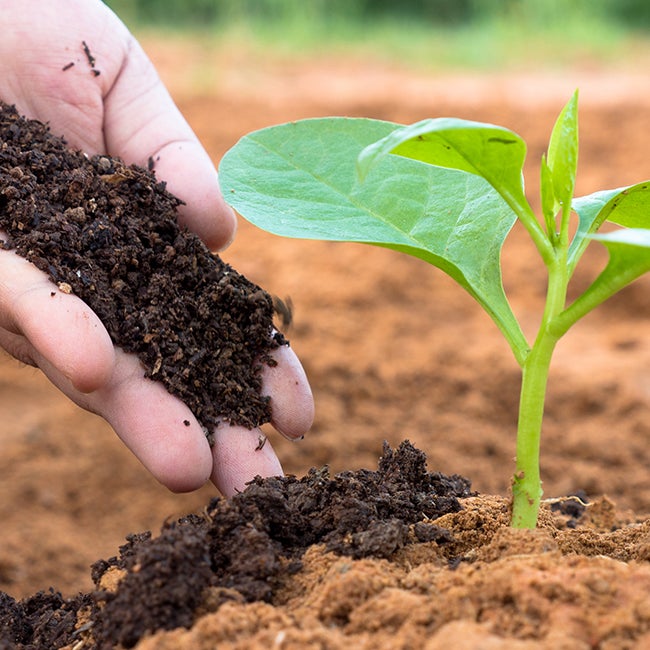
2. Make your own potting soil. Combine equal parts compost, vermiculite and topsoil, both of which should be available at your local gardening center.
3. Feed fall perennials or spring bulbs by adding two to four cups of compost to the hole where you plant them, which will help extend their bloom time.
4. Spread on your new or established lawn by adding a one- to two-inch layer of compost on top of your lawn.
5. Add to the top of your garden beds and let the rains wash the nutrients down to root level. Worms do the rest of the work, pulling the organic matter into the soil.
6. Add as a fertilizer to fruit trees in early spring before buds open.
7. Feed container plants by adding compost to the soil around your outdoor potted plants or when you’re transferring them to bigger pots.
8. Melons, tomatoes, eggplant, cucumbers, and squash need lots of nitrogen to produce, so add compost to the planting holes or top dress a few times during the growing season to boost your yield.
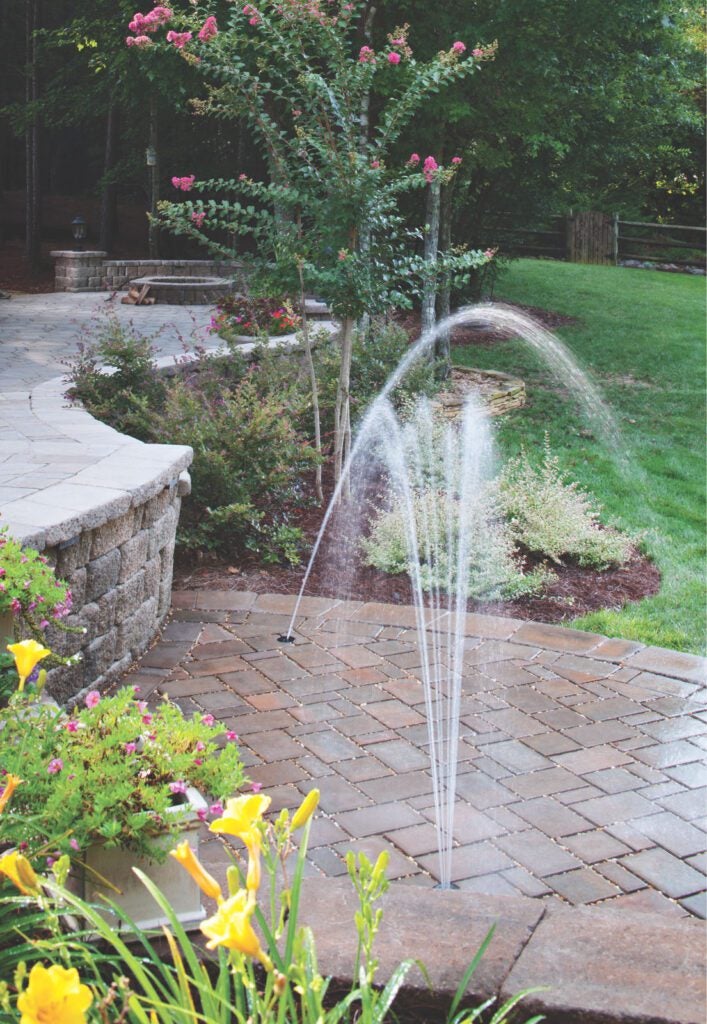
Want to do More? Belgard Can Help.
In addition to composting, you can easily include sustainability in your decision-making process when installing pavers. Belgard has the right pavers for the job. By using permeable concrete pavers and permeable grass pavers for your patio, walkway or driveway, any rain that falls seeps back into the ground through an aquifer system below. This process reduces the burden on storm drains and helps eliminate stormwater runoff that carries pollution into nearby waterways. A permeable paver system can even be designed to harvest and recycle rainwater for a double dose of environmentalism.
